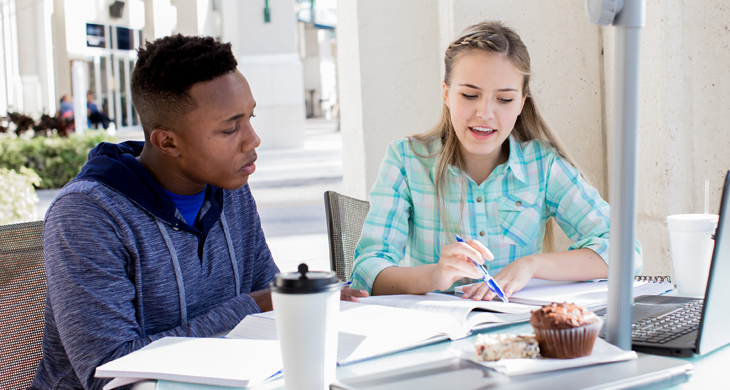If you studied a world language in high school or college, can you still carry on a conversation—or write a simple sentence—in that language? What about your advanced mathematical skills? Do you think you’d be able to solve a problem you may have considered easy back when you took algebra II or calculus? For many of us, the answers to these questions would be an emphatic “no.” And that’s not necessarily surprising if several years (or decades) have passed since we were students. What is more surprising is how common it is for current school kids to learn a concept or fact in class early in the week and completely forget it by week’s end—or even day’s end.
Why Is It So Tough for Kids to Remember Lessons?
In the late 1880s, a prominent psychologist, Hermann Ebbinghaus, created “the forgetting curve.” Today’s researchers still refer to this measure of how much people forget. Without conscientious efforts to reinforce lessons, Ebbinghaus concluded students forget about 56 percent of what they learn within one hour, 66 percent within one day, and 75 percent within six days.
In June 2017, neurobiologists explain in an article in the journal Neuron that without employing strategies to retain knowledge, the brain is “wired to forget” from an evolutionary standpoint. Information not crucial to survival is discarded by the brain as extraneous. Clearly, that’s a huge problem and illustrates the importance of teaching students strategies to retain what they learn.
Strategies to Increase Learning Recall
According to the authors of the Neuron study, one key to helping students retain lessons is to employ strategies to help them form synaptic connections—linking new lessons to existing memories to create a web of connections. Each connection is a strand in the web, and the more strands there are the stronger the web. Another strategy is to make students access lessons repeatedly so they’re not able to simply fade away. Here are seven concrete ways teachers and parents can help boost learning retention:
1. Assign students frequent practice tests or quizzes. When students are given tests or quizzes that they’re not graded on, they’re able to review material in a low-stress environment (stress can undermine memory retention.)
2. Combine visual and verbal lessons. Learning to use multiple senses helps increase retention. Showing students visual aids while teaching a lesson verbally helps to illustrate and cement the message for students.
3. Encourage and help students to develop memory “cues.” Examples include acronyms like “Roy G. Biv” (red, orange, yellow, green, blue, indigo, violet) to remember the colors of the rainbow and “Pretty please my dear aunt sally” (parentheses, powers, multiplication, division, addition, subtraction) to remember mathematics’ order of operation. Another way to “cue” memories is to create memory-boosting songs about lessons.
4. Encourage peer discussion and group-based learning. Group discussions naturally help students retain information, because when students see their fellow classmates, that visual will spark memories of what those students had to say about the lesson in question.
5. Include constructive comments on graded assignments or tests. Each comment becomes another synaptic connection enforcing the “memory web” for a given concept or fact.
6. Encourage students to make lesson review the last thing they do before bedtime. Research shows the information circulates in the mind during sleep, bolstering retention.
7. Employ the spacing effect. Research shows that revisiting lessons just as they are on the verge of being forgotten boosts memory retention. Instead of teaching one lesson, considering it complete, then moving on to the next lesson, a better approach is to teach a lesson—but then revisit it at regular intervals in the future.
,










